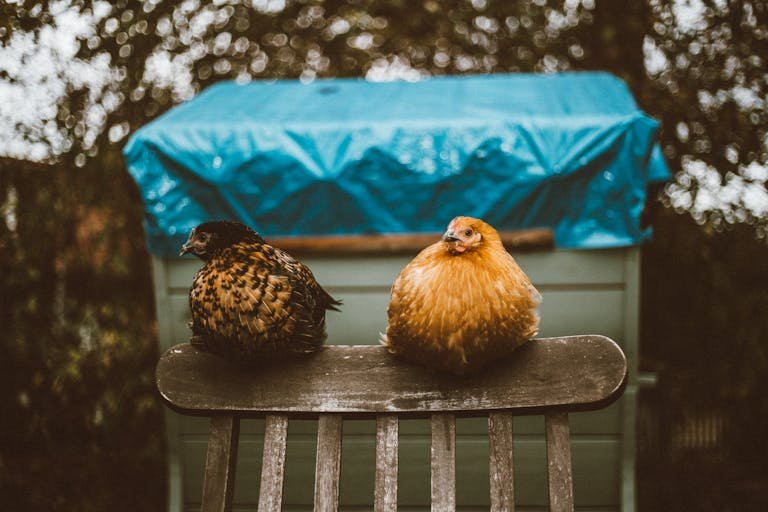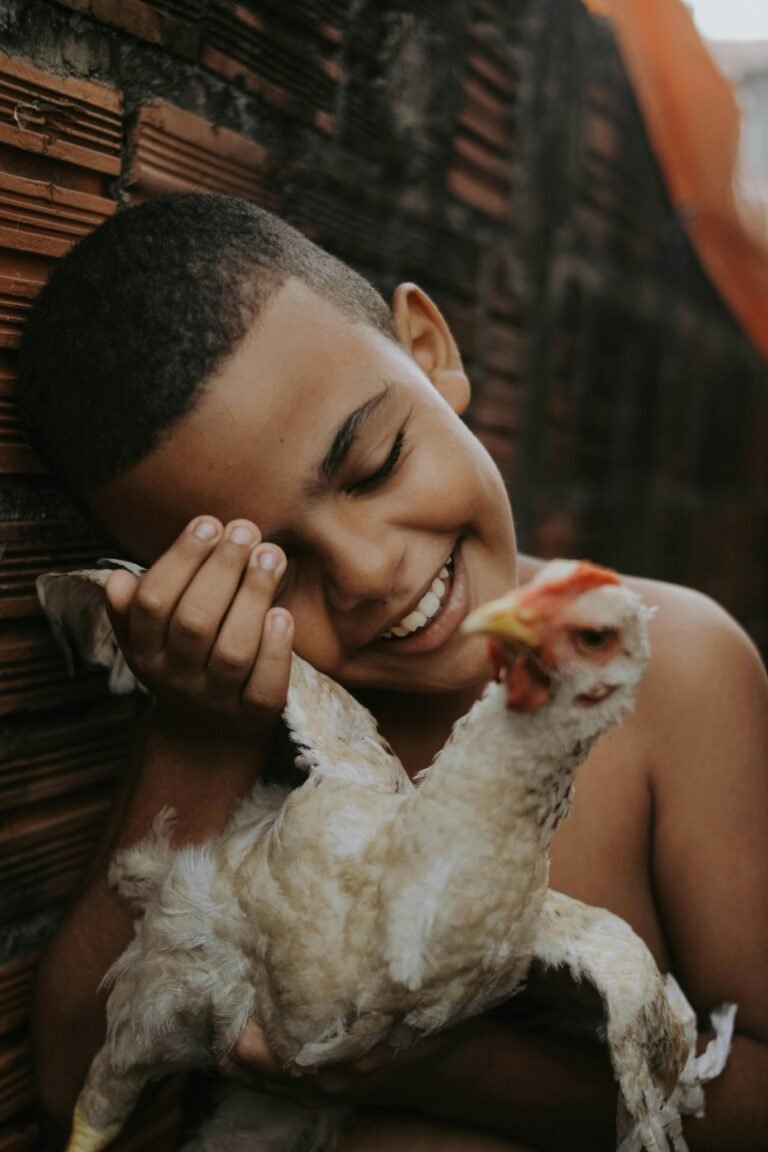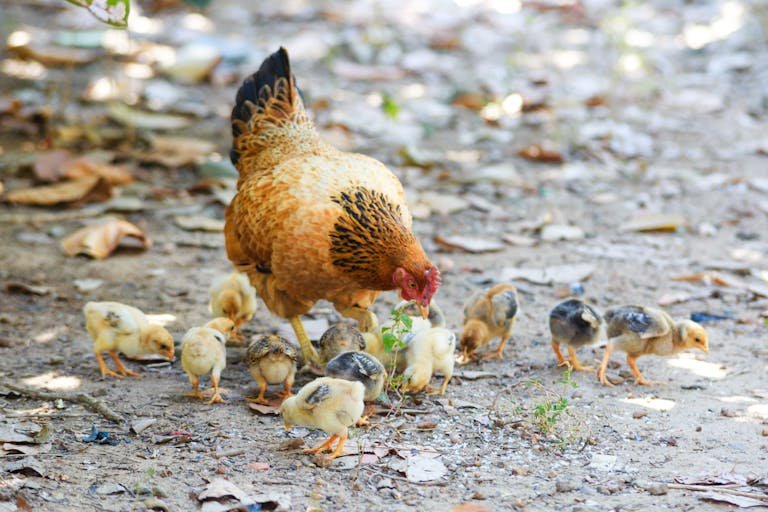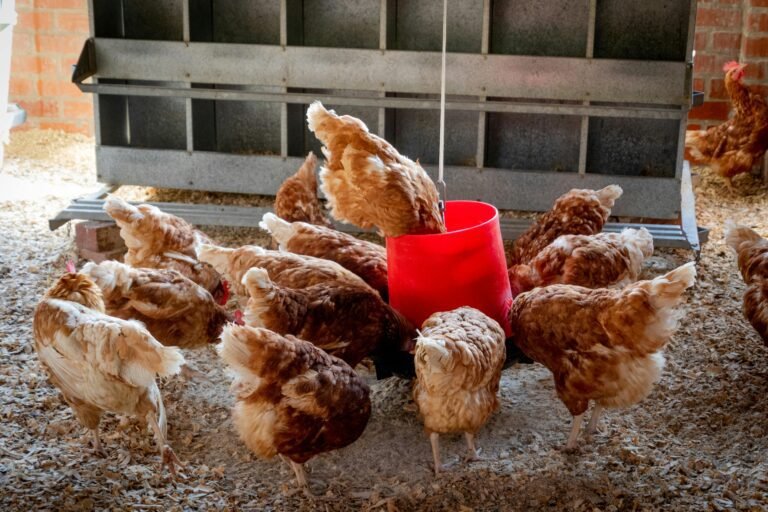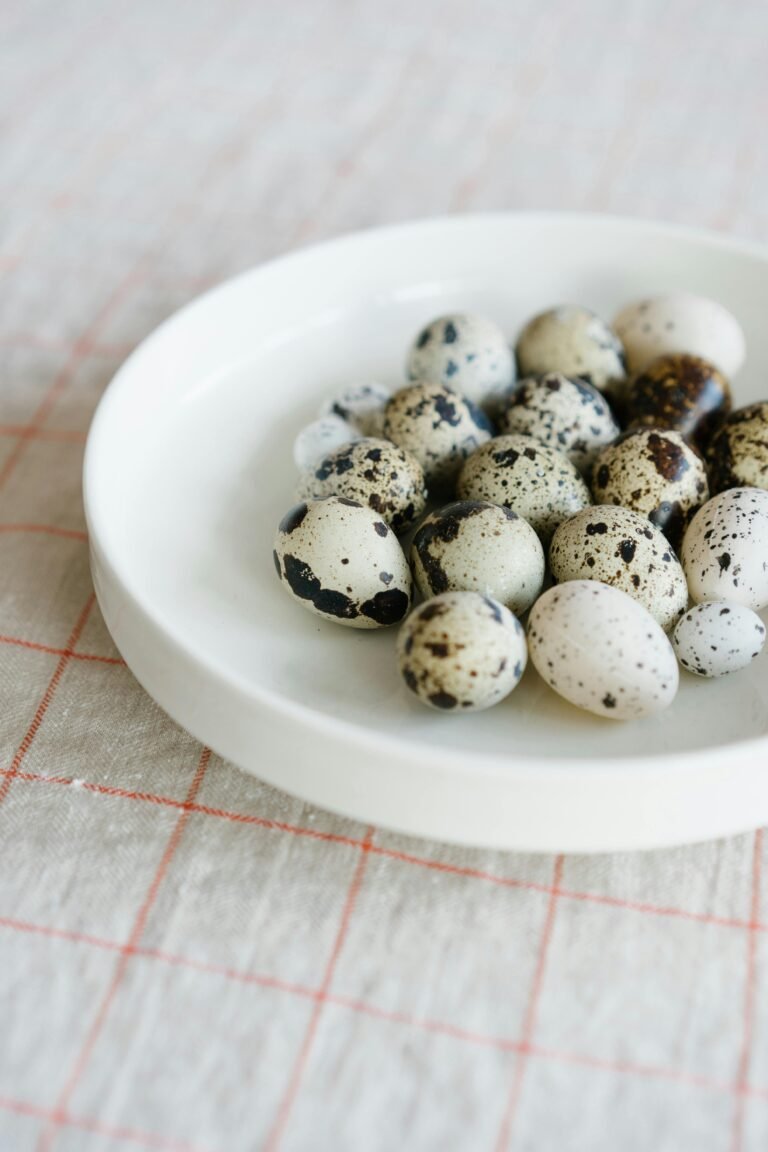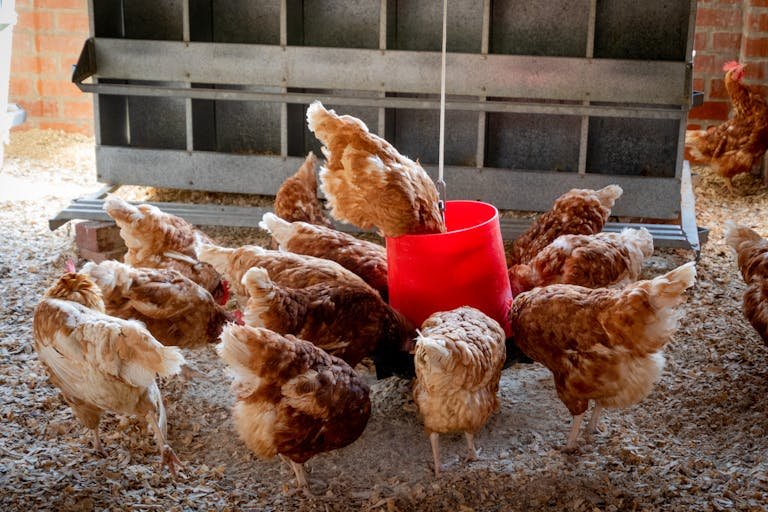Safe Rooster Spur Trimming: A Quick Guide
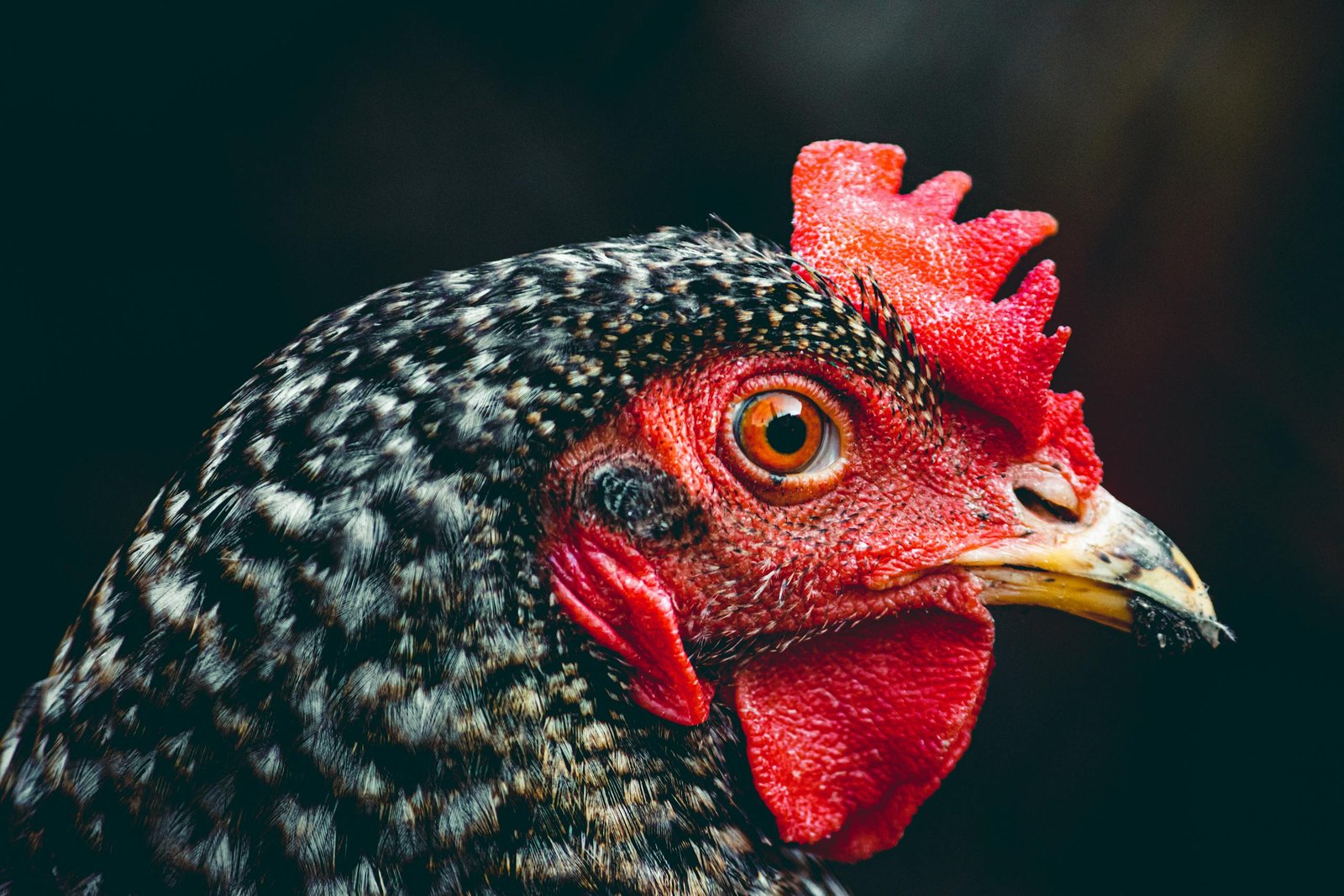
Rooster spurs, the pointed projections on the back of a rooster’s legs, can grow quite long and pose several risks. Whether you keep roosters for breeding, companionship, or as part of your farm’s livestock, knowing how to trim their spurs is essential for maintaining the safety and comfort of both your birds and yourself. In this guide, I’ll explain everything you need to know about trimming rooster spurs, from the reasons why you should do it to the tools you’ll need and the step-by-step process.
Why Trim Rooster Spurs?
1. Safety for Other Birds
- Risk of injury: Longspurs can cause significant injuries to hens, especially during mating. Roosters tend to balance themselves using their feet when mating, and sharp, long spurs can unintentionally wound the hens.
- Aggression control: Roosters may become aggressive toward other birds, and sharp spurs can easily injure other members of the flock during territorial disputes.
2. Human Safety
- Accidental injury: Roosters with long spurs can pose a threat to humans, particularly during handling. An accidental scratch or jab from sharp spurs can lead to painful injuries or infections.
- Prevention of aggressive attacks: Some roosters can be territorial or aggressive toward their owners, and trimming their spurs reduces the likelihood of serious injury during these encounters.
3. Rooster Comfort
- Discomfort from long spurs: Overly long spurs can make it difficult for roosters to walk or scratch, potentially leading to discomfort or pain. By keeping the spurs trimmed, you ensure that the rooster can move comfortably without restrictions.
Tools Needed to Trim Rooster Spurs
You don’t need a large assortment of tools to trim rooster spurs, but it’s essential to have the right ones on hand to ensure a smooth, efficient process. Here’s what you’ll need:
1. Sharp Shears or Clippers
The first and most important tool is a pair of sharp, small shears or clippers. These should be specifically designed for pet grooming or small animals. Dull or improper tools can cause unnecessary pain and increase the risk of injury to your rooster.
2. Styptic Powder
Styptic powder is crucial in case you accidentally nick the quick (the sensitive inner core of the spur). It helps to stop bleeding quickly and prevents infection. It’s always a good idea to have this on hand, even if you’re confident you won’t need it.
3. Towel
A towel is handy for wrapping your rooster during the process. Roosters can be unpredictable, and the towel will help keep them calm and still, making it easier for you to trim the spurs safely.
Step-by-Step Process
Step 1: Calm the Rooster
Start by approaching your rooster calmly and gently. If your rooster is not accustomed to being handled, it’s a good idea to spend a few minutes petting or talking to him before attempting to trim the spurs. You want him to feel as relaxed as possible.
Once he’s calm, wrap him in the towel. This helps to keep him still and reduces the chance of him flapping or kicking during the trimming process. Make sure the towel is snug but not too tight, allowing him to breathe comfortably.
Step 2: Inspect the Spurs
Take a moment to inspect the spurs carefully. Rooster spurs are made up of a hard outer shell and a sensitive inner core, called the quick. Your goal is to trim the outer shell without cutting into the quick, which can cause pain and bleeding.
Examine the length of the spurs and determine how much you’ll need to trim. It’s important to err on the side of caution here—better to take off too little than too much. Ideally, you want to leave the spur short enough to prevent injury but not so short that it exposes the quick.
Step 3: Begin Trimming Slowly
Now it’s time to start trimming. Using your sharp shears or clippers, trim a small amount from the tip of the spur. Be extremely cautious not to cut into the quick. If you’re unsure where the quick begins, start by trimming just the very tip.
If you see a small dot of blood, stop immediately—you’ve reached the quick. It’s a sign that you’re too close to the sensitive part of the spur, and continuing could cause pain to the rooster.
Step 4: Trim in Small Increments
Continue trimming the spur in small increments, making sure to check for signs of the quick after each cut. It’s better to trim conservatively and take more time than to rush the process and cause unnecessary harm.
If you’re trimming for the first time, you may only want to remove the sharp tip of the spur and leave the rest for future trimmings. Over time, as you become more comfortable with the process, you can gradually shorten the spurs further.
Step 5: Apply Styptic Powder if Necessary
If you accidentally cut too deep and the spur begins to bleed, don’t panic. This is where the styptic powder comes in. Dab a small amount of styptic powder on the wound, and it should stop the bleeding almost immediately. This powder also helps to prevent infection, so it’s a critical part of your spur-trimming toolkit.
Step 6: Repeat on the Other Spur
Once you’ve finished trimming one spur, it’s time to move on to the other. Follow the same careful process, trimming in small increments and being cautious of the quick. If your rooster starts to get restless, you can take a break and calm him down before continuing.
How Often Should You Trim Rooster Spurs?
After trimming your rooster’s spurs for the first time, you might wonder how often the procedure needs to be repeated. The frequency depends on several factors, including your rooster’s breed, age, and how much they use their spurs in day-to-day activities.
In general, you should monitor the spurs regularly and trim them every 3-6 months, depending on how fast they grow. Keeping a close eye on the length will allow you to address the issue before the spurs become too long and pose a risk to the rooster or others.
Additional Tips for Trimming Rooster Spurs
To make the trimming process smoother and safer, here are some additional tips:
1. Enlist Help
If you’re new to trimming spurs, having a second pair of hands can make the process easier. One person can hold the rooster and keep him calm, while the other trims the spurs. This reduces the chances of accidents and keeps the rooster from moving unexpectedly.
2. Trim During the Day
It’s best to trim spurs during the day when there’s plenty of natural light. Good visibility will help you avoid cutting into the quick. If you’re working in a dimly lit area, consider using a flashlight or headlamp to illuminate the spurs.
3. Practice Patience
The first few times you trim rooster spurs, it may feel nerve-wracking. However, with practice, you’ll become more confident and efficient. The key is to be patient, take your time, and always prioritize the well-being of your rooster.
4. Know When to Seek Professional Help
If you’re ever unsure about trimming rooster spurs, or if the spurs are particularly long or curved, don’t hesitate to seek help from a veterinarian or a professional poultry handler. It’s better to ask for assistance than to risk injuring your rooster.
Read Also: Kill Mycoplasma: Save Your Chickens Now!
Final Words
Learning how to trim rooster spurs is essential for any poultry keeper. By regularly trimming spurs, you can protect your flock, prevent injuries, and ensure your rooster’s comfort. With the right tools and a careful approach, the process is straightforward and safe. Remember to take it slow, inspect the spurs carefully, and never hesitate to apply styptic powder if needed. Over time, you’ll become more confident in your abilities, and your rooster will be healthier and happier as a result.
